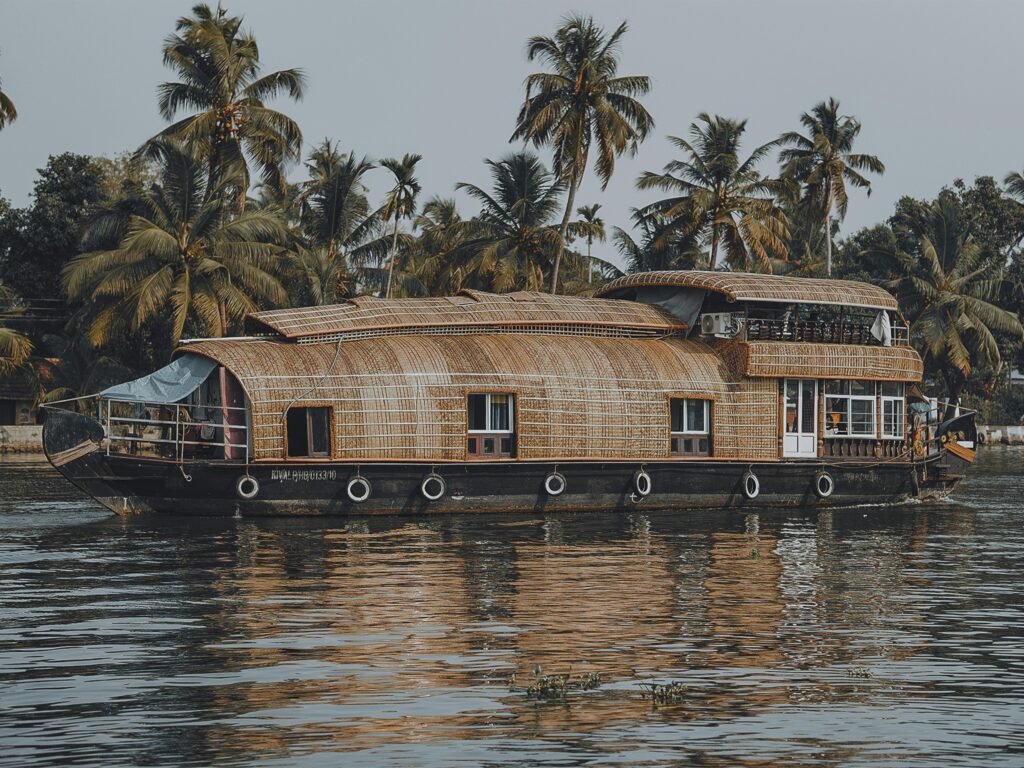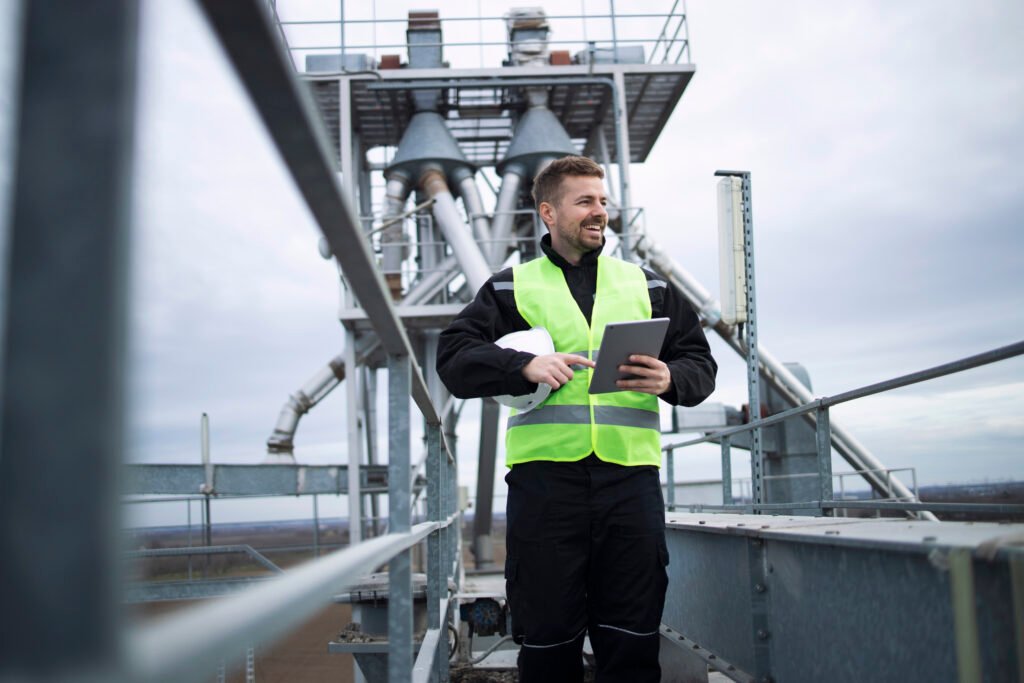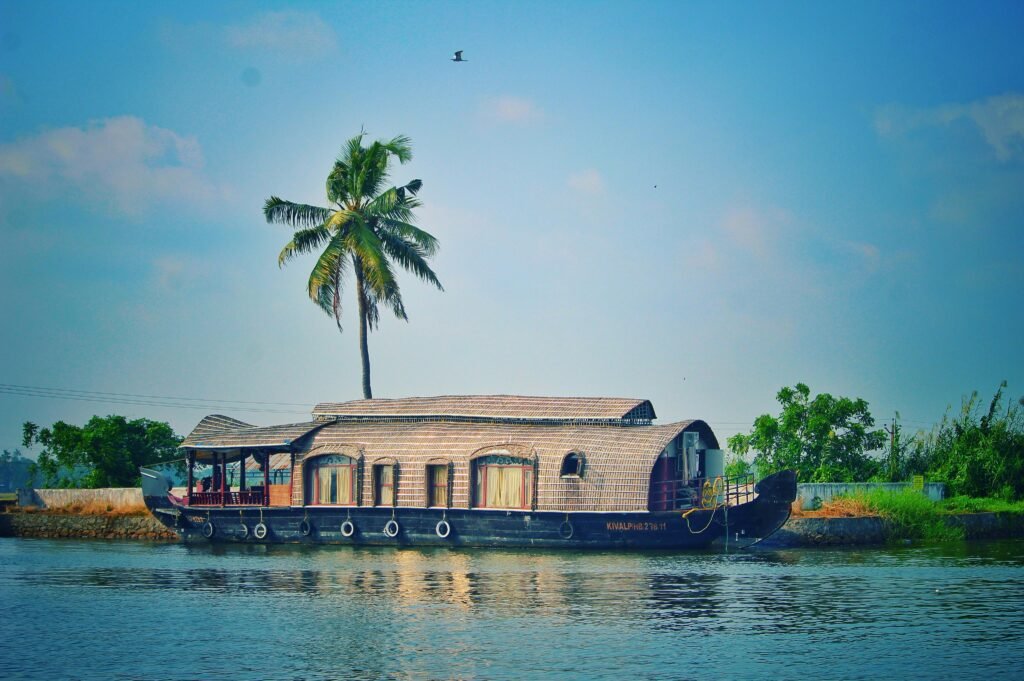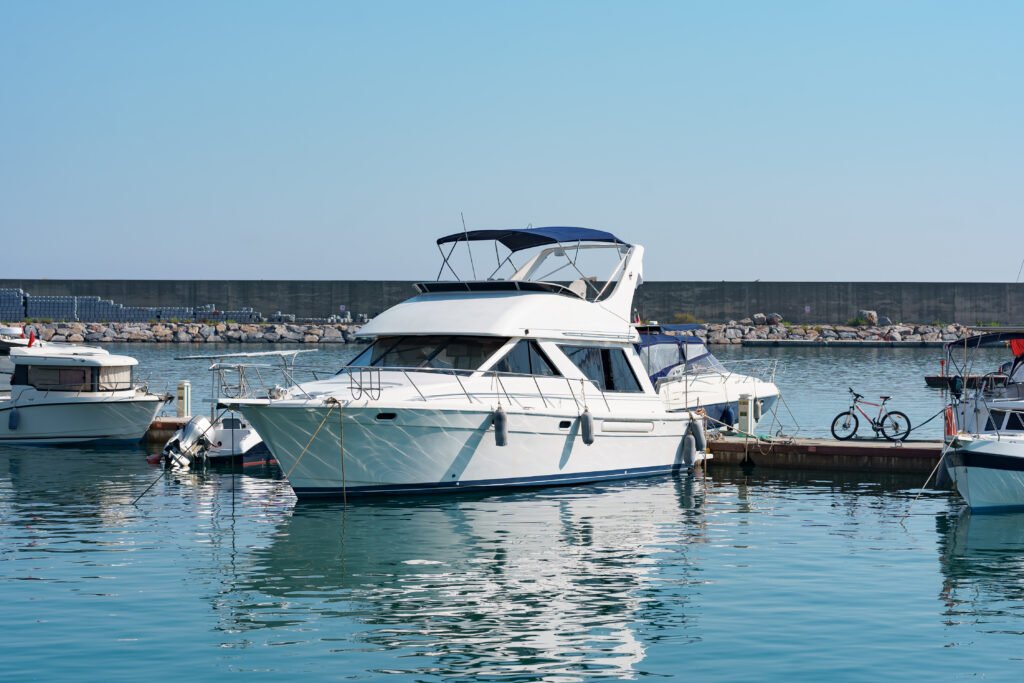The Engineering Marvel: Building Houses That Float
Building a house that floats on water presents a remarkable engineering challenge. Houseboat manufacturers employ a combination of design expertise and specialized materials to create resilient, stable structures that can withstand the elements. Let’s take a closer look at the key factors that contribute to the buoyancy and stability of houseboats.
Buoyancy: The Force That Keeps Houseboats Afloat
At the heart of every houseboat is the principle of buoyancy—a force that enables an object to float when submerged in a fluid, such as water. To achieve buoyancy, houseboat manufacturers utilize a hull, a watertight structure that displaces enough water to counteract the weight of the house. The hull is typically made of buoyant materials such as fiberglass, aluminum, or even concrete.
Stability: Balancing Acts on Water
Maintaining stability is crucial for houseboats to keep them from tilting or capsizing. Houseboat manufacturers carefully design the weight distribution within the structure to ensure proper balance. They strategically place heavy components, such as engines and water tanks, low in the hull to lower the center of gravity. This design technique helps to enhance stability, preventing excessive rocking and ensuring a comfortable living environment.
The Art of Resistance: Battling Buoyant Forces
While buoyancy keeps houseboats afloat, the surrounding water exerts various forces that constantly try to displace or overturn them. Houseboat manufacturers employ several strategies to counteract these forces and maintain the position and stability of these floating homes.
- Shape and Profile: Houseboats often feature a streamlined shape to reduce the resistance caused by water currents or wind. The bow shape is carefully designed to navigate through water more efficiently, minimizing drag.
- Trim and Ballast Systems: Trim refers to the balance of weight distribution from front to back. Manufacturers utilize adjustable ballast systems, such as water or fuel tanks, to fine-tune the trim. This system allows for adjustments based on weather conditions or the number of occupants, ensuring optimal stability.
- Mooring Systems: To secure the houseboat in place, mooring systems play a vital role. These systems utilize sturdy anchor lines, ropes, and chains, coupled with pilings or anchors embedded in the waterbed to resist lateral and vertical movements.
Materials: Combining Durability and Comfort
Choosing the right materials is essential to construct durable, yet comfortable houseboats. The materials used should withstand water exposure, maintain structural integrity, and provide a cozy living space. Let’s explore some common materials employed by houseboat manufacturers.
- Hull: Fiberglass is a popular choice for hull construction due to its durability, lightweight nature, and resistance to corrosion. Aluminum is also commonly used for its strength and low maintenance requirements. In recent years, concrete hulls have gained traction, offering durability and stability.
- Foundation and Flooring: Houseboat foundations and flooring systems are typically constructed using materials like marine-grade plywood, reinforced with fiberglass or epoxy coatings. These materials protect against water damage and ensure a solid foundation for the houseboat’s interior.
- Insulation and Interior: Houseboat interiors require effective insulation to maintain a comfortable living environment throughout the year. Spray foam insulation, which adheres to surfaces, is often used to provide thermal and sound insulation. For a cozy interior, materials like wood, vinyl, or fabric are employed to create a warm, welcoming atmosphere.
Environmental Considerations: Towards Sustainable Houseboats
As we strive to minimize our ecological footprint, houseboat manufacturers are increasingly incorporating sustainable practices. From efficient energy usage to eco-friendly materials, here are some ways the industry is embracing environmental consciousness.
- Solar Power: Solar panels are becoming a popular feature on houseboats, harnessing the abundant energy from the sun to power onboard systems, reducing the reliance on traditional grid electricity. This not only reduces carbon emissions but also provides a quieter and cleaner boating experience.
- Water Management: Advanced water management systems allow houseboats to collect, filter, and reuse water from rain, showers, and sinks. Incorporating water-saving fixtures and efficient plumbing reduces water consumption, benefiting both the environment and occupants.
- Ecologically Friendly Materials: Houseboat manufacturers are increasingly turning to sustainable and recyclable materials. Using responsibly sourced wood, low VOC (volatile organic compound) coatings, and recycled materials helps minimize environmental impact without compromising on quality or aesthetics.
Houseboat manufacturers fuse expertise in engineering, materials, and sustainability to create captivating floating homes. Harnessing the principles of buoyancy and stability, these professionals craft resilient structures that harmoniously coexist with the water. By incorporating environmentally friendly practices, houseboat manufacturers not only offer a unique living experience but also contribute to a more sustainable future.




